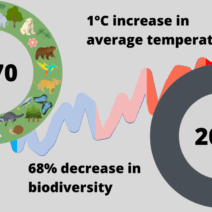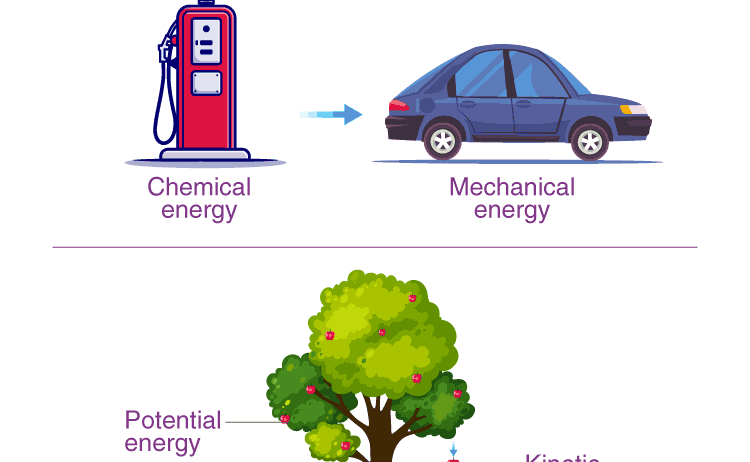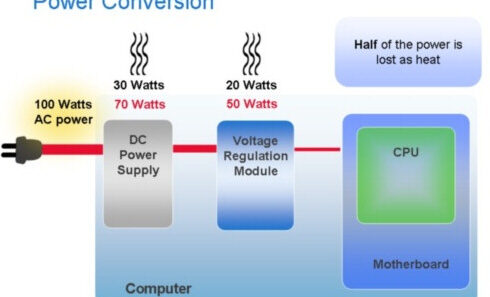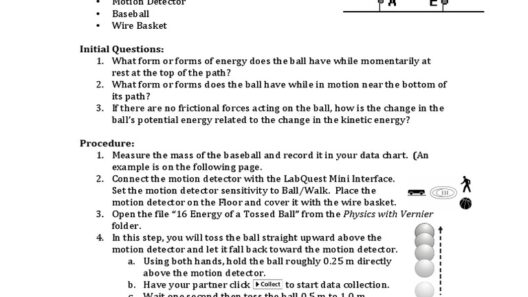The Second Law of Conservation of Energy, often simply referred to as the Second Law of Thermodynamics, is a foundational principle in the realm of physics that shapes our understanding of energy transfer and transformation. This law states that energy cannot be created or destroyed in an isolated system, but can only change forms, and during these transformations, the total amount of energy in a system remains constant. However, it is critical to comprehend that while energy is conserved quantitatively, the quality or usability of energy typically degrades over time. This degradation signifies that energy transformations are inherently inefficient, leading to the concept of entropy.
At its core, entropy is a measure of disorder or randomness in a system. According to the Second Law, natural processes tend to move towards a state of higher entropy, indicating a spontaneous tendency for systems to evolve toward thermodynamic equilibrium. This principle has profound implications for many fields, including physics, chemistry, biology, and environmental science.
One of the key aspects of the Second Law of Thermodynamics is its practical applications. Understanding entropy allows scientists and engineers to design systems that manage energy more effectively. In energy generation, for instance, converting potential energy from fossil fuels or renewable sources into electricity is a process fraught with energy losses due to heat dissipation. Consequently, one might notice that most machines and turbines operate at efficiencies significantly below 100%. This inefficiency underscores the importance of advancing technologies that enhance energy conversion methods, thereby mitigating the impact of energy losses on our environment.
In the context of environmental science, the Second Law asserts that energy transformations contribute to the increase in entropy, which correlates with the degradation of energy quality. Take, for example, the burning of fossil fuels for energy. While it effectively converts chemical potential energy into thermal energy and subsequently into usable electrical energy, the byproducts—such as carbon dioxide and other greenhouse gases—represent an inefficiency and a harmful increase in entropy. The ramifications of these emissions compound with the overall fossil fuel lifecycle, ultimately contributing to climate change, a pressing global concern that necessitates urgent action.
Renewable energy technologies, such as solar panels and wind turbines, are burgeoning in popularity due to their potential lessening of greenhouse gas emissions. These technologies, while still subject to the Second Law, strive to harness energy from natural sources more cleanly and sustainably. In solar energy systems, for instance, photovoltaic cells convert sunlight directly into electricity. However, even these systems are not devoid of inefficiencies, notably thermal losses, which are inevitable according to the Second Law. Consequently, ongoing research aims to enhance the efficiency of these technologies and develop energy storage solutions that ameliorate the discontinuity of renewable sources.
The interconnectedness of the Second Law and energy conservation extends to our everyday lives as well. Energy conservation involves minimizing energy waste within residential, commercial, and industrial settings. Insulating buildings to reduce heating demands, utilizing energy-efficient appliances, and engaging in practices like minimizing water heating are all examples of energy conservation measures that align with the principles of the Second Law. By consciously striving to optimize energy use, society can mitigate the impact of human activity on the environment and combat the inexorable increase in entropy.
In addition to technological advancements and individual practices, the Second Law of Conservation of Energy invites a systems-thinking approach in addressing energy challenges. Policy frameworks that encourage energy efficiency and conservation initiatives are imperative for fostering sustainable practices at both the micro and macro levels. Governments and institutions must prioritize investments in research, innovation, and infrastructure that support renewable energy sources and reduce our reliance on fossil fuels. Energy policies must also incentivize businesses and consumers to adopt sustainable practices that align with the principles behind the Second Law, ultimately reducing energy consumption and environmental impact.
Moreover, the Second Law of Conservation of Energy emphasizes the significance of understanding the energy hierarchy within various systems. Systems that promote circular economies, such as regenerative agricultural practices or upcycling waste materials, reflect the application of thermodynamic principles. By focusing on systems that minimize waste, society can extend the lifecycle of materials and optimize energy flows, thereby contributing to reduced entropy in relation to resource usage and energy consumption.
In summary, the Second Law of Conservation of Energy serves as a cornerstone in understanding energy dynamics and their impact on the environment. The law not only illuminates the inherent inefficiencies present in energy transformations, but it also highlights the necessity for innovative solutions that enhance energy management and promote sustainability. By cultivating awareness and embracing practices aligned with this understanding, individuals and organizations can collectively strive toward a more sustainable future, mitigating the adverse effects of entropy and combating climate change in the process.
Ultimately, addressing energy challenges requires a multifaceted approach that includes advancements in technology, individual consciousness in energy use, supportive policies, and a transition towards circular economies. The future hinges upon embracing these principles, fostering resilience, and ensuring that energy conservation becomes a central tenet of our societal ethos.








